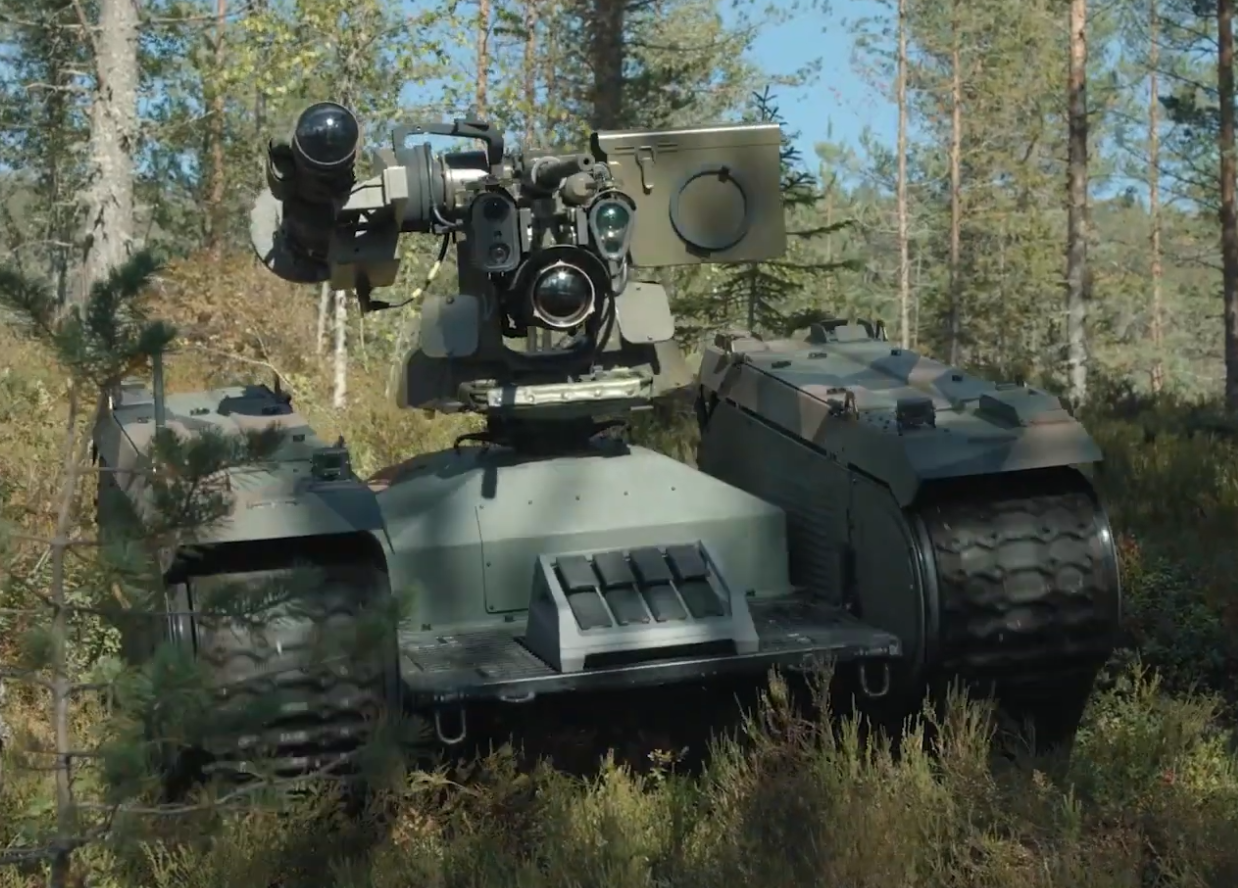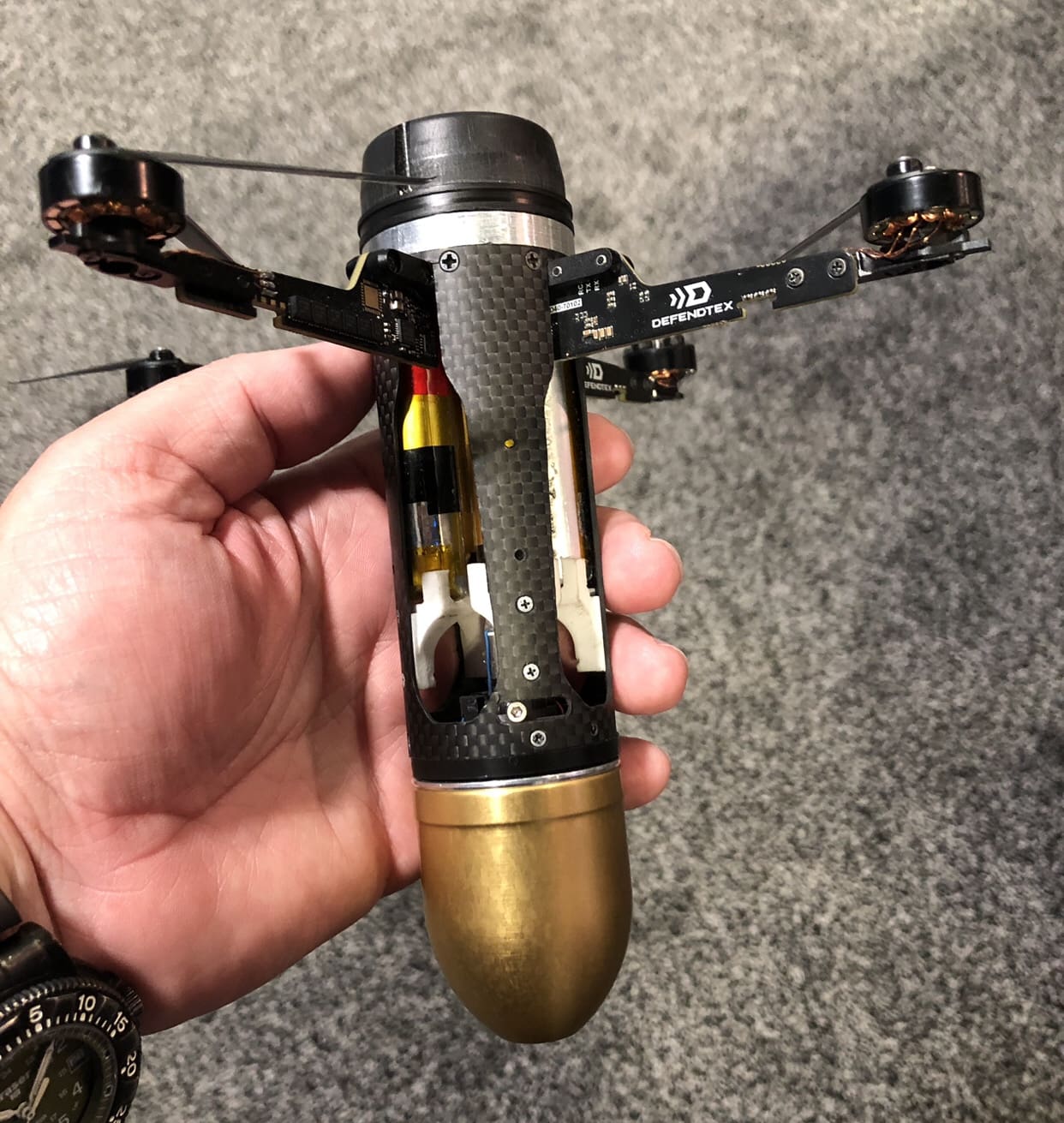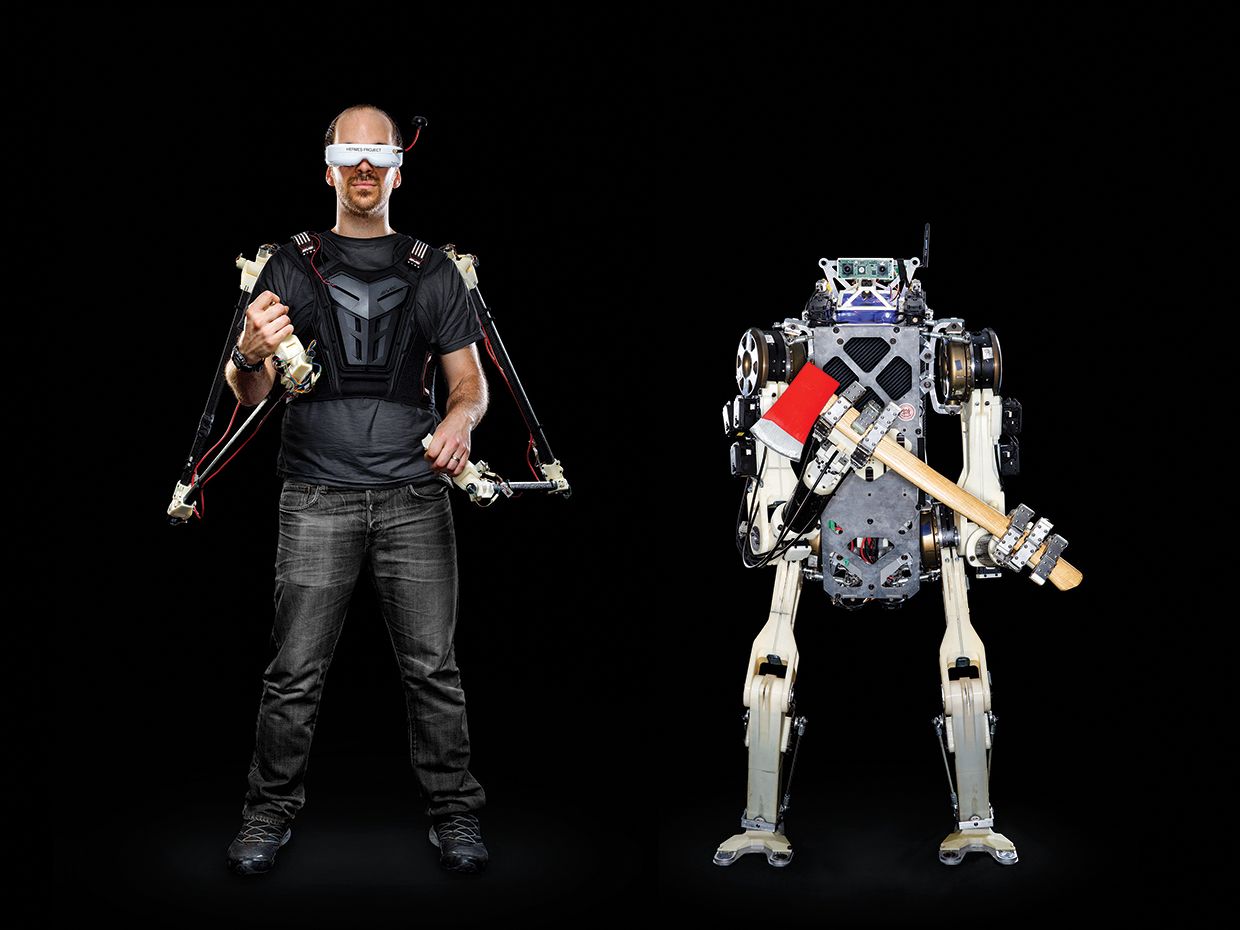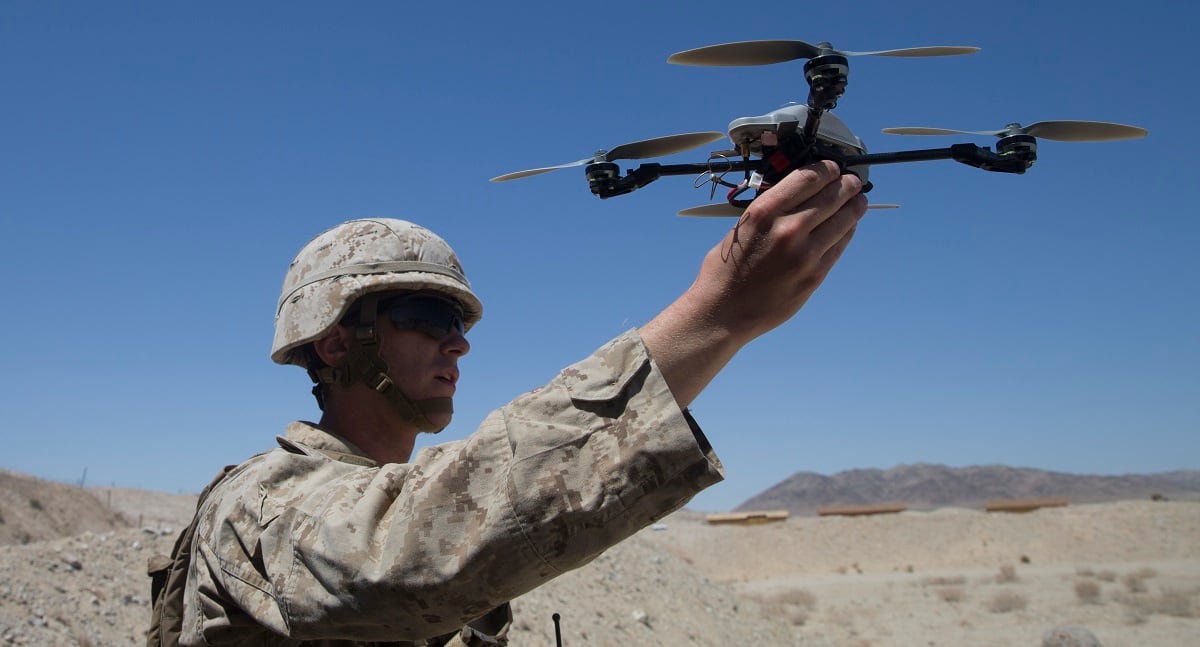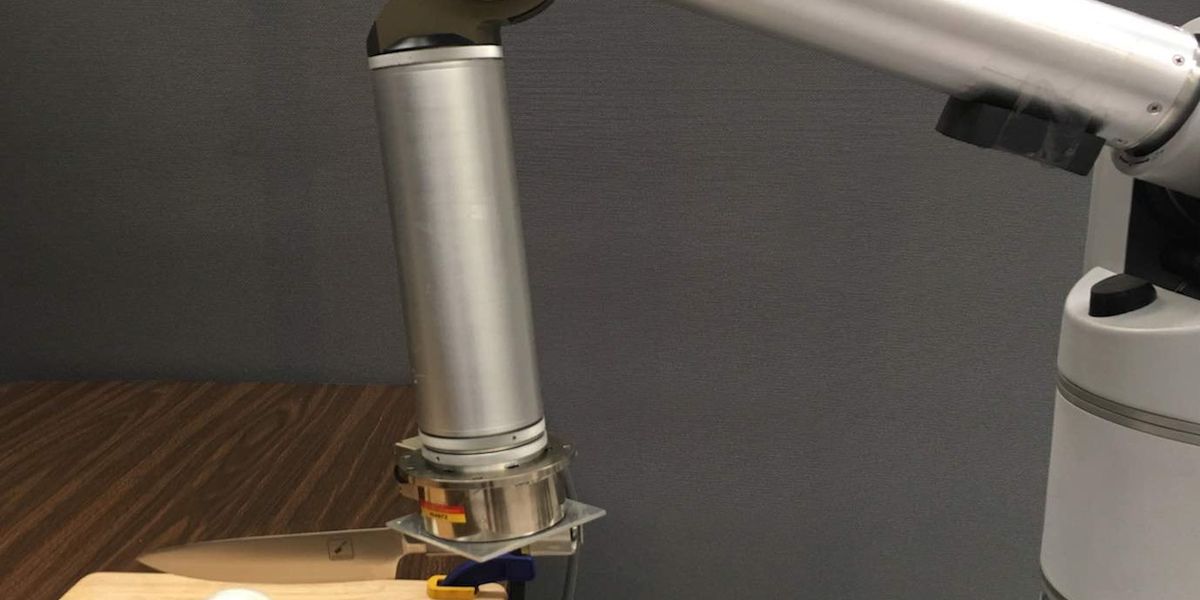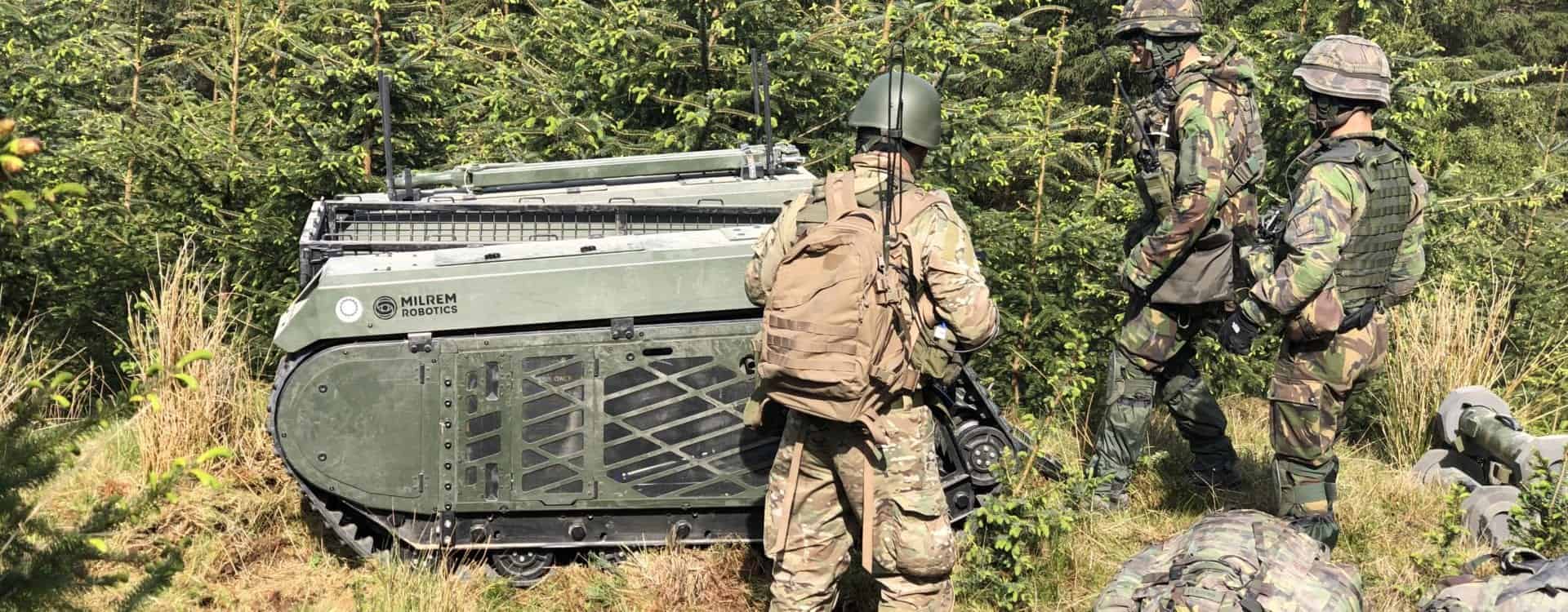Einomies1
Respected Leader
Uudistamisessa on kyse aika paljon isommista asioista kuin jonkun robotin hankinnasta. Ne haasteet eivät ole säännölliset ullakkopalot vaan ihan muut asiat. Uudistua pitää mutta se pitää tapahtua organisaatio edellä. Toimintakyky on tärkeä asia kentällä, samaa mieltä mutta ei tuollaisia voida hankkia joka paikkaan korvaamaan toimintakykyä.Siitä todellisuudesta en osaa sanoa mitään, jokainen elää kai omassaan, mutta pelastustoimen pitäisi mietti itse uudistumista, eikä pitää kiinni vanhasta ja totutusta kynsin ja hampain.
Kuten sanoin isot kaupungit kuten Helsinki, voivat hankkia tuollaisen resurssien vuoksi ja riskien takia, mutta sielläkin on nyt tärkeämpiä asioita mietittävänä kuin robotit.

 . Todennäköisesti saat palauteryöpyn, joka koskee sosiaalihuollon haasteita, päivähoitopaikkojen heikkoa tilannetta sekä kaupunkiympäristön ekologisuuden kehittämistä. Lopuksi seuraa: "rahaa ei ole tällä hetkellä, mutta kattellaan".
. Todennäköisesti saat palauteryöpyn, joka koskee sosiaalihuollon haasteita, päivähoitopaikkojen heikkoa tilannetta sekä kaupunkiympäristön ekologisuuden kehittämistä. Lopuksi seuraa: "rahaa ei ole tällä hetkellä, mutta kattellaan".